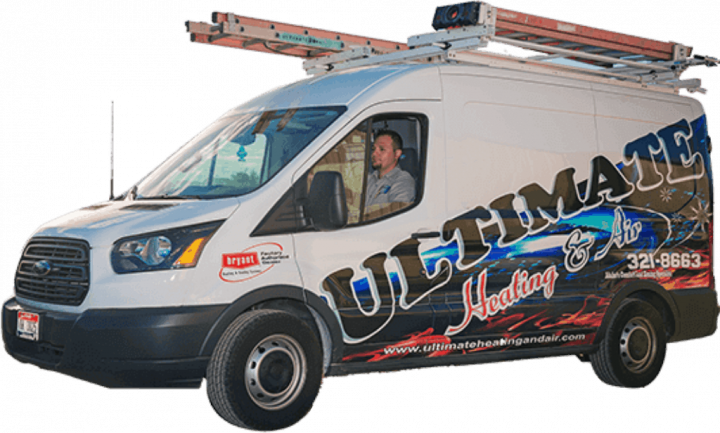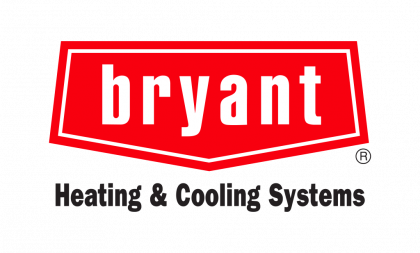(208) 391-5996
Our HVAC professionals are here to help with winter maintenance or installation!
Welcome
Serving the Boise, Meridian, Kuna, Eagle, Nampa and Surrounding Areas
As Idaho's HVAC comfort and zoning specialists,Ultimate Heating & Air handles all of your residential heating, cooling, and air quality requirements. For every project, we target energy efficiency and reliability of your essential equipment, which trims the cost of operation and ownership, while optimizing comfort. Through industry-leading innovations in both products and strategies, we simplify the challenges of everyday life, put you in superior control over your indoor environment, and promote sustainable solutions.

Services
Are You Having AC Troubles?
Contact an HVAC contractor in Kuna & Eagle, IDCelebrating 20 Years of Ultimate Service
For over 20 years, Ultimate Heating & Air has been keeping Idaho residents and businesses comfortable, offering trust and reliability with every service call. Our team serves Boise, Kuna, Eagle, Meridian, Nampa, and the entire Treasure Valley.
Dale and Lisa Whitney started the company in a two-car garage in March 2000, the same month their first child was born. Our business philosophy from the start was to provide exceptional customer service and to build lasting relationships with every service call.
Today, Ultimate Heating & Air employs over 40 highly trained and skilled full-time employees.
Our licensed and insured team can replace, repair, and maintain a wide variety of models and brands. We can upgrade the HVAC system in your older home or business, or help with a new construction project from the ground up.
Don't Feel Uncomfortable in Your Own Home
Schedule heating and cooling services in Kuna & Eagle, ID
Is your AC unit having a hard time cooling your home? It sounds like it needs some repair work done. Contact Ultimate Heating & Air in Kuna & Eagle, ID. We'll quickly identify the issue and get to work resolving it. We'll also use the best replacement parts for the job and complete the project in a timely manner.
Contact us today to arrange for top-notch heating and cooling services.
You can trust us with all of your HVAC needs
Ultimate Heating & Air Offers Maintenance Plans
- 01Designed for customers with older systems, trying to get a few more seasons of use before replacing their equipment. Our expert technicians will verify proper operation, ensure that your system is running at its best, and make recommendations to increase the performance of your equipment at discounted rates.
- 02Designed for customers with newer equipment wanting to keep it running at peak performance and efficiency. No matter what brand of equipment you have, if it still carries a manufacturer part warranty, we can honor that part warranty as well as keep you in compliance with maintenance requirements to retain your warranty for the full term by keeping the equipment clean and catching minor issues before they become major problems.
- 03Designed exclusively for customers with Bryant equipment installed by Ultimate Heating & Air-This plan covers two maintenance visits per year, two filters per year, and all diagnostic fees any time of any day. With both a 5-year and 10-year labor protection plan available in combination with the Bryant factory part warranty and 24-hour service, you can rest easy knowing that you will be comfortable 24/7 without having to worry about untimely breakdowns or expensive repair fees for many years to come.
We take pride in our work.
Read what our customers are saying about us!You can trust us to get the job done
If you hire the wrong HVAC contractor, your HVAC issues may not be properly addressed. If you want the job to be done right the first time, you should call Ultimate Heating & Air. We bring over 20 years of experience to the table and have the knowledge needed to take on commercial projects. We also provide 24/7 emergency services and free estimates.
Get in touch with us to arrange for heating and cooling services.
Give our team a call for all your HVAC repairs, maintenance & installations!

Arrange for expert water heater services






